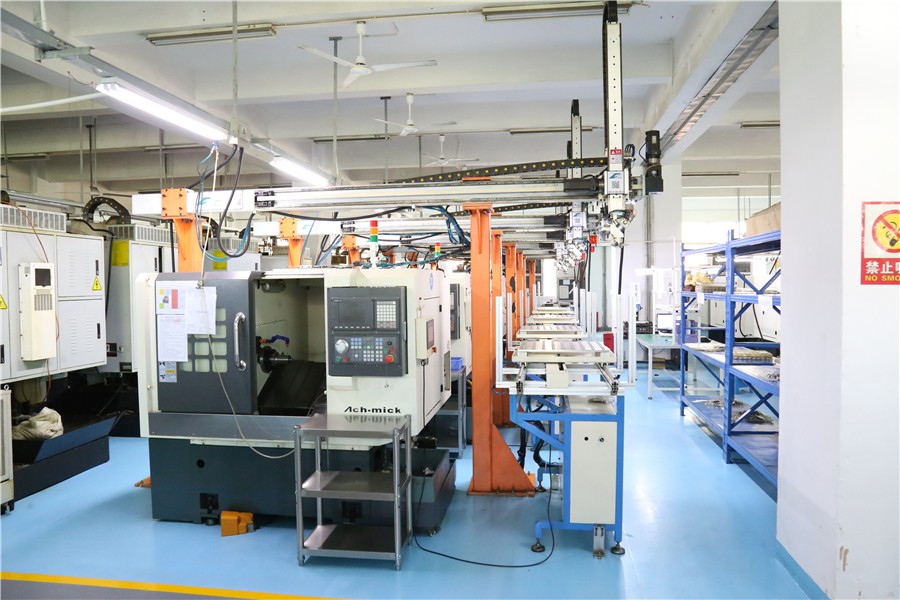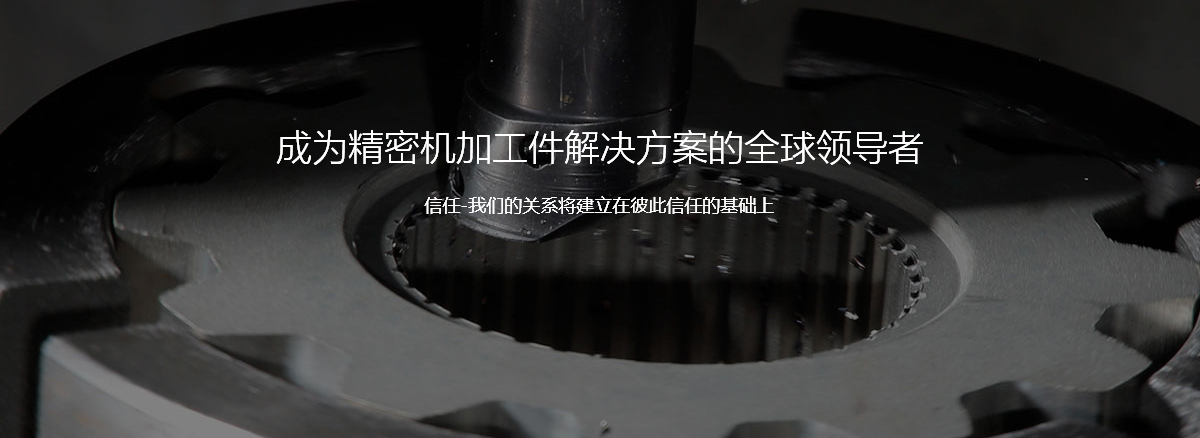First, according to materials.
According to the materials used by manufacturing milling cutters, milling cutters can be divided into two categories.
1. High -speed steel cutter;
Hard alloy cutter;
2. Diamond knife;
Other material knives, such as cubic boron nitride tools, ceramic tools, etc.
Second, structural form.
Different from the structure of the milling cutter, it can be classified.
One -in -one: combine the tool and the knife into one.
Inlaid: can be divided into two types: welding and folder type.

Third, when the working arm length and diameter of the tool are large, in order to reduce the vibration of the tool and improve the processing accuracy, this type of knife is often used.
Internal cold type: The cutting solution is sprayed into the cut blade of the tool through the spray hole inside the knife;
Special types: such as composite cutter, reversible wire cutter, etc.
Different from the structure of the milling cutter, it can be classified.
Facial mill (also known as end milling cutter): Facial milling cutters are cut with cutting blades in the circumference and end surfaces, and the cutting end is a side -cut blade. Most of the settings and blade clip can be used to use the transposition structure of the blade machine. The blade of the blade is high -speed steel or hard alloy, and the knife body is 40CR. The processing of drills, including drills, re -blades, taps, etc.;
Mold milling cutter: mold milling cutter is developed from vertical milling cutter. It can be divided into three types: tapered vertical milling cutter, cylindrical ball head milling cutter and tapered ball head milling cutter, their handle They are straight handle, flat handle and Mo's cone handle. The structure is characterized by the head or end surface of it full of cutting blades, and the circumference of the round blade and the ball head blade arc can be used as radial and axis. The milling cutter is made of high -speed steel or hard alloy.
Key groove milling cutter: used for milling.
Setting milling cutter: The shape of the cutting blade is consistent with the shape of the processing surface.


